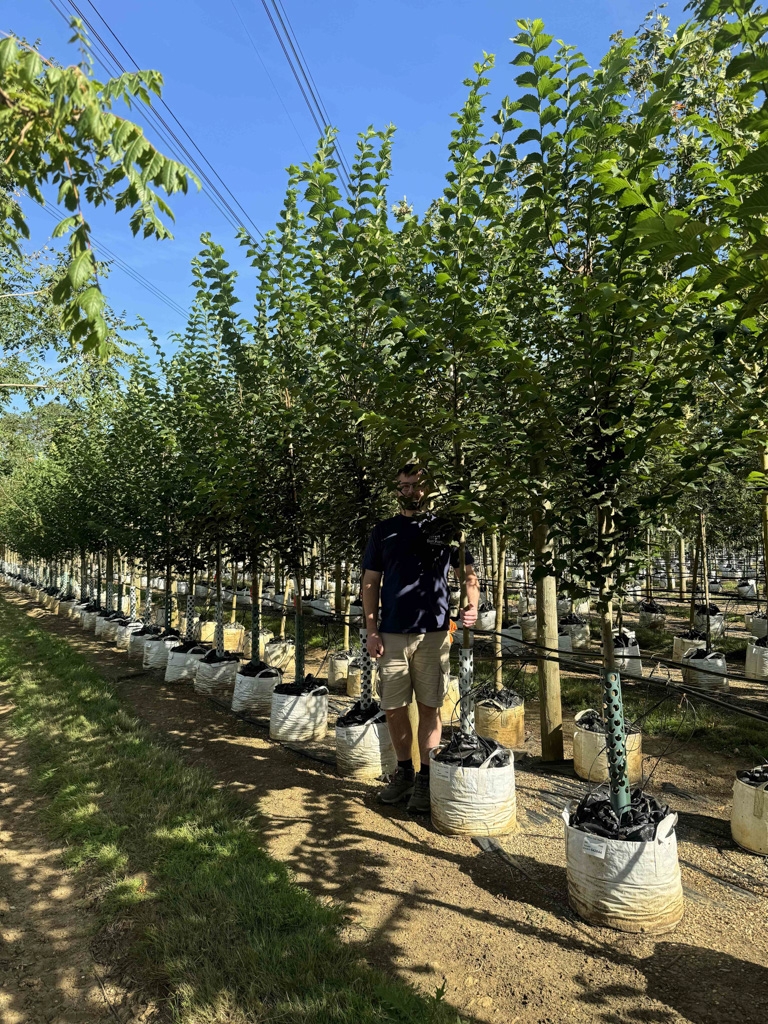Cercidiphyllum japonicum
Candyfloss Tree, Katsura
A great choice for gardens and parks doing best on deep fertile soils.
Read more about this productProduct details
The Katsura Tree was introduced from the Far East in the early 1880s and won the Award of Garden Merit in 2002.
Often thought of as a small ornamental tree I stumbled across one in Rutland a few years ago that must have been over 20 metres tall.
It is best grown away from frost pockets or exposed windy sites as new foliage can scorch before they harden.
Sometimes mistaken for Cercis siliquastrum this has smaller leaves.
It is sensational both in spring with emerging coppery green leaves and autumn when the foliage turns yellow or pink whilst exuding a fragrant scent reminiscent of burnt sugar.
Many people refer to it as the ‘candyfloss’ tree for this reason.
A great choice for gardens and parks doing best on deep fertile soils.
We stock these as either single or multi-stemmed.
Mature heights and crown spread can vary depending on environmental conditions
Mature height: 12-17m
Mature spread: 9-15m
Often thought of as a small ornamental tree I stumbled across one in Rutland a few years ago that must have been over 20 metres tall.
It is best grown away from frost pockets or exposed windy sites as new foliage can scorch before they harden.
Sometimes mistaken for Cercis siliquastrum this has smaller leaves.
It is sensational both in spring with emerging coppery green leaves and autumn when the foliage turns yellow or pink whilst exuding a fragrant scent reminiscent of burnt sugar.
Many people refer to it as the ‘candyfloss’ tree for this reason.
A great choice for gardens and parks doing best on deep fertile soils.
We stock these as either single or multi-stemmed.
Mature heights and crown spread can vary depending on environmental conditions
Mature height: 12-17m
Mature spread: 9-15m
Tree Specifications
Common names
Candyfloss Tree, Katsura
Mature size
Tree type
Soil type
Shape
Tree features
Growth rate
Seasons of interest






















